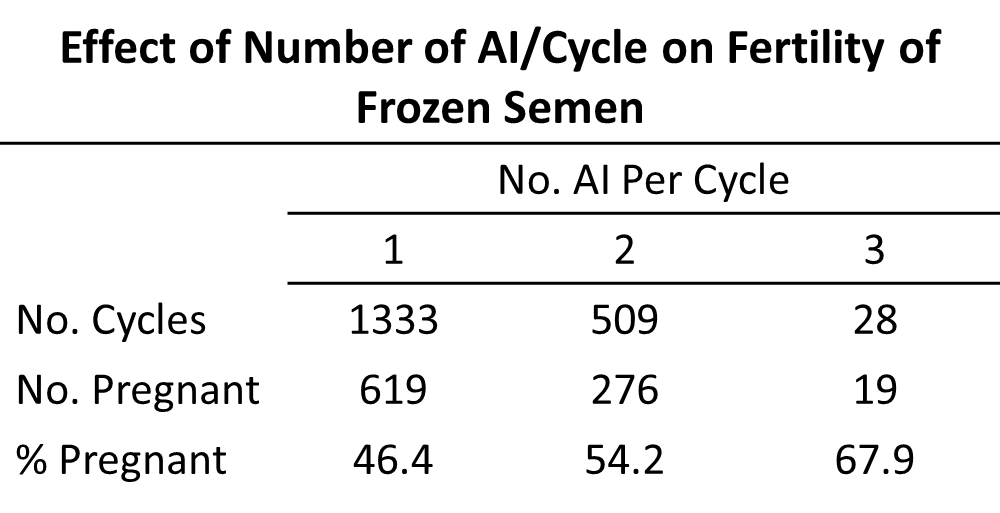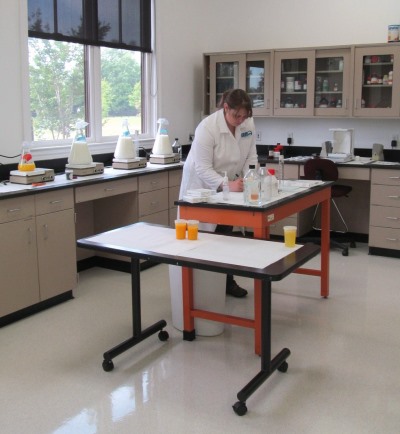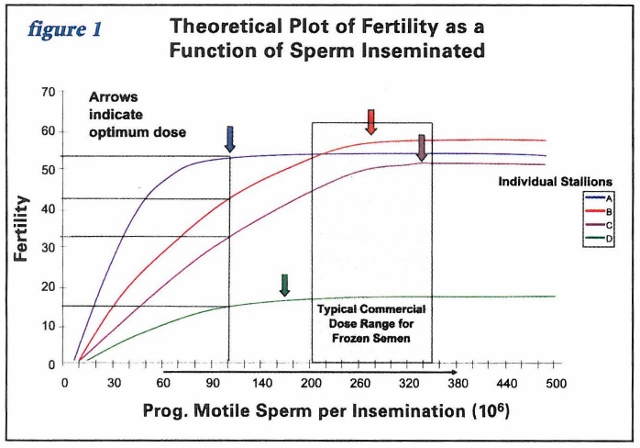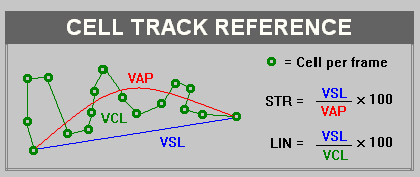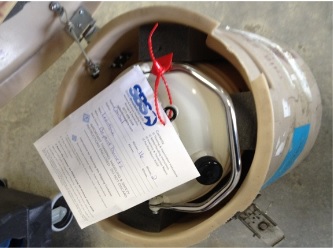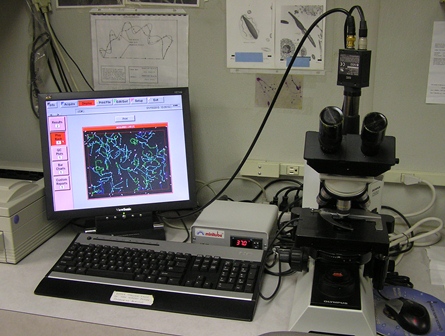
Once equine semen is frozen it is recommended that a post-thaw analysis be performed in order to ascertain the semen quality. There is variability in how well sperm from different stallions respond to the cellular stress of freezing and thawing. It is important to determine how well the sperm from a particular stallion withstood the stress of cryopreservation in order to make informed decisions regarding the management of their frozen semen inventory and breedings. Also, when we freeze a stallion for the first time we do a test freeze comparing several different protocols. We then use the post-thaw motility to select the freezing protocol for subsequent collections which gives the best post-thaw result. There are industry recommended minimums for commercial distribution of equine frozen semen and therefore it is pertinent to know if your stallion’s frozen semen would qualify. Consequently, the analysis of frozen-thawed semen is a valuable tool for the semen freezing lab, but also for the veterinarian receiving the semen. Your vet may base the breeding management of your mare upon the post-thaw quality of the semen. Also, many vets take a look at the motility of the frozen semen at the time of insemination, for future reference if there are concerns should the mare not check in foal.
